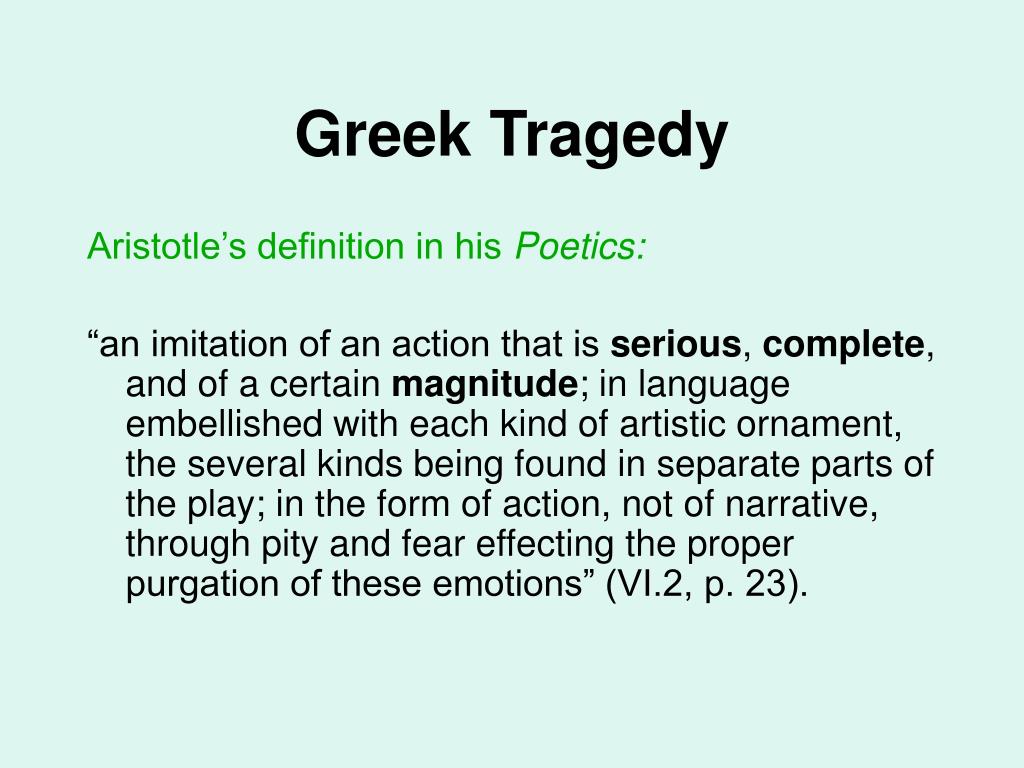
It indicates the audience of the psalm ( the Chief Musician), the author of the psalm ( of David) and the sound of the psalm ( the instrument of Gath). Take a look at some popular musicals - they typically have a verse chorus structure with bridges, refrains, intros.The title of this psalm reads, To the Chief Musician. It is a unusual structure in that respect. The distinction is really up the writer and how the audience perceives it.Īs far as "Sound of Silence" I would say it has nothing but verses and each verse ends with the same line - but the first verse music (?) is a bit different and this could be called an introduction (From memory). Most songs have the verse then the chorus - but note here we get the chorus out right away. There is no hard and fast rule about how or when to use these distinctions or in what order. It could be dropped and the crowd won't notice. The refrain/bridge is just a filler here, just to set up the close on the chorus. You can see how the verse and refrain is used to "set up" the chorus emotionally. Refrain (or Bridge) "there's so much I wanna do" - which is just a little filler here to get back toĪnd repeat the chorus hook back out there until end of song. Second verse : "do I have to get on knees" - more details of romantic pain

Chorus : "Dont pull your love out on me Baby" repeats. Chorus : Introduce with hook "Don't Pull Your Love " Simon and Garfunkel came from the folk tradition, where strophic song structure had been all the rage for centuries. There ain't no refrain in Enter Sandman, and even if you found one, you'd be heckled for mentioning it.įlanders and Swann appeared to be in no doubt as to what constituted a refrain when they penned The Hippopotamus Song, because they actually wrote it in the lyrics (of the verse):īTW, The Sounds of Silence would be considered strophic in structure. More modern pop and rock songs moved to a Verse, Chorus, Verse, Chorus, Bridge, Chorus structure, in which the chorus was repeated, unchanged, and the term 'refrain' was cast aside. So now, everyone knows My Funny Valentine, but not everybody knows the verse, and we consider the AABA chorus (refrain) to be the entire song and not the chorus. At some point, for reasons described here, the verse tended to be omitted in recordings and Broadway performances. The term 'refrain' comes from a time when poems were routinely set to music, and it is more appropriately left for the discussion of Classical and Romantic songs.Īt the turn of the nineteenth century, a popular or 'parlour' song was likely to have a verse and a chorus (or according to some old sheet music, the refrain). Or are they just used as synonyms, as the definition for 'refrain' suggests? ( Merriam-webster: "a regularly recurring phrase or verse especially at the end of each stanza or division of a poem or song : chorus".) a 'refrain' is a repeated theme or line outside the 'chorus'). a 'chorus' is a particular type of 'refrain') or distinct (e.g. So I want to understand if there is really such distinction between both terms in music theory or not, and what that difference is (motivation: I'm trying to translate both terms into Spanish, but both seems to translate as 'estribillo' making no distinction). That repeating line would be a 'refrain', whereas a 'chorus' would be the "We all live in a yellow submarine" part in the Beatles' song. I take as an example of 'refrain' the song The sound of silence, as it does not contain a typical 'chorus' but every verse ends with the song title being mentioned. While the terms 'refrain' and 'chorus' often are used synonymously, it has been suggested to use 'refrain' exclusively for a recurring line of identical text and melody which is part of a formal section -an A section in an AABA form - whereas 'chorus' shall refer to a discrete form part. A refrain is only a phrase, or a word, while a chorus contains many more words." It is repeated throughout the song, and the melody and lyric rarely vary." A refrain is, "a repeated line or musical phrase that ties a song together. "The difference between refrain and chorus is not always cut-and-dried both refer to passages of unchanging music and text providing a periodic sense of return." "The chorus contains the main idea, or big picture, of what is being expressed lyrically and musically. There seemed to be a debate about the definitions for both words. Reading the Wikipedia article about the subject I came across two terms that looked somewhat similar: chorus and refrain. I'm trying to learn something about song structure.


 0 kommentar(er)
0 kommentar(er)
